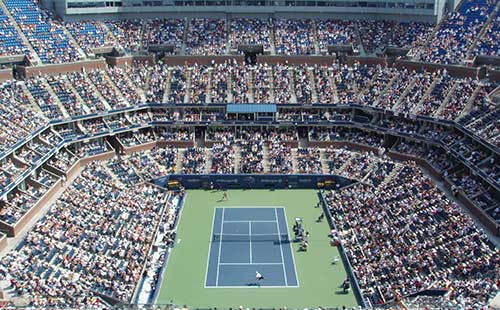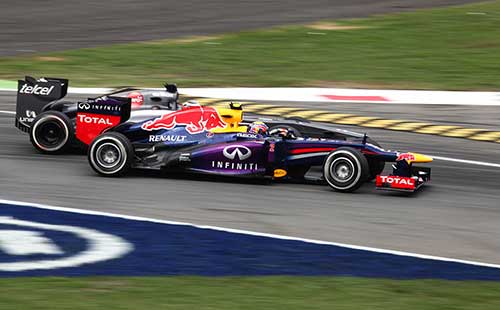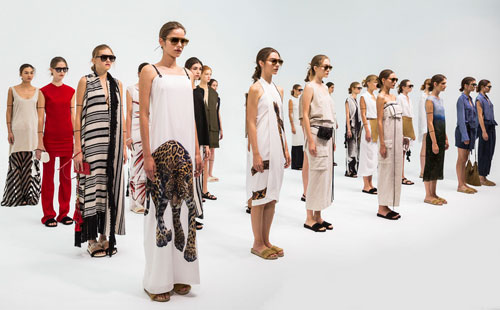F1 Brazilian Grand Prix
Autódromo José Carlos Pace, Sãu Paolo, BrazilCharter a Private Jet to the F1 Brazilian Grand Prix
The Brazilian Grand Prix puts a huge pop into the end of the Formula One calendar every year.
It’s a festive event in a country known for its love of partying – and of Formula One racing. Brazilians are loud and enthusiastic F1 fans.
The second to last Grand Prix is held in November at São Paulo’s Autodromo Jose Carlos Pace, which is also known by its former name, Interlagos (which means “between lakes”). The circuit was renamed in 1985 after Brazilian Formula One racer Carlos Pace, who died in a plane crash in 1977.
When Formula One racing started on the track in the early 1970s, the circuit was almost five miles long and bumpy, very bumpy. Since then, improvements have been made to the track, but it is still considered one of the toughest.
Drivers go counter-clockwise for 71 laps on the demanding circuit, which has been cut to 2.7 miles and smoothed out considerably with resurfacing. There are several hard left turns in the 306-mile race that put a huge strain on drivers’ necks. Some drivers even do neck training before the race.
There are two places on the circuit where drivers can pass each other, but even in those places, it’s tough. Couple that with the high altitude and often adverse weather conditions, and you have an always-exciting race.
Want to get a glimpse of what a Formula One racer sees when racing in the Brazilian Grand Prix? Take a lap around the circuit with Australian F1 driver Mark Webber in this video:
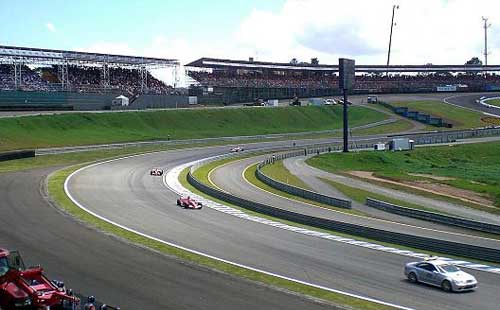
We Can Get You There
If you’d like to join the carnival atmosphere in São Paulo, Paramount Business Jets can arrange a flight for you into any nearby airport, including:
- Congonhas Airport, SBSP, CGH, Sao Paulo, Brazil (6 miles)
- Marte Airport, SBMT, SAO, Sao Paulo, Brazil (14 miles)
- Guarulhos Airport, SBGR, GRU, Sao Paulo, Brazil (24 miles)
- Santos Air Base Airport, SBST, SSZ, Santos, Brazil (30 miles)
- Guaratuba Airport, SSGB, GTB, Guaratuba, Brazil (52 miles)
- Viracopos Airport, SBKP, VCP, Campinas (Sao Paulo), Brazil (55 miles)
- Avare Arandu Airport, SDRR, QVP, Avare Arandu, Brazil (58 miles)
- Sao Jose Dos Campos Airport, SBSJ, SJK, Sao Jose Dos Campos, Brazil (62 miles)
- Capao Bonito Airport, SDCA, Capao Bonito, Brazil (62 miles)
- Paranagua Airport, SSPG, PNG, Paranagua, Brazil (72 miles)
Get a Quick Quote Online and Book
Your Jet Early!
Booking early has many advantages. Enter a few details below to start planning your private jet flight to the F1 Brazilian Grand Prix.
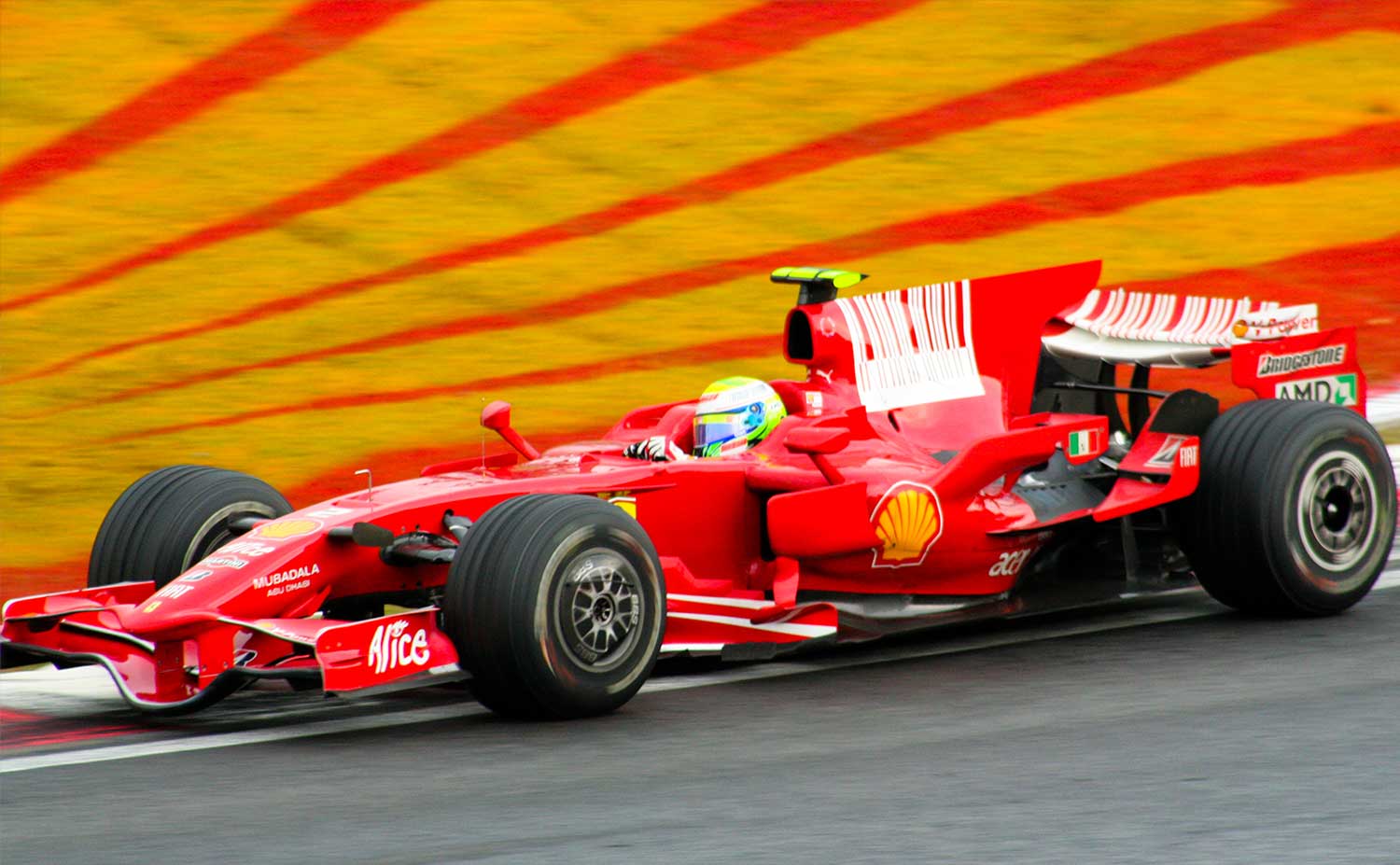
Felipe Massa, 2008 Brazilian Grand Prix. Picture Source.
There is a lot to see in São Paulo when you are not watching the race. It is the capital of Brazil’s largest state (about the size of Oregon), which is also called São Paulo.
The state has about 41 million people, with 20 million of them living in the capital city. The city was at one time among the Top 10 largest cities in the world. It’s no longer in the Top 10, but it is still among the most populated.
What to see:
- Ibirapuera Park: Not as big as New York City’s Central Park but this one square mile of green space in the middle of São Paulo is reminiscent of it.
- Museum of Arts: Opened in 1968, the museum has art, video, and photo collections as well as concert performances. The art museum contains works of Italian, Spanish and French artists. One of the highlights is a collection of bronze sculptures done by Edgar Degas.
- Museu do Futebol: This museum for the soccer-crazed opened in 2010. Actually, it’s a great place to learn about Brazilian culture, even if you are not that into soccer. Pele and Garrincha are highlighted in a special gallery dedicated to Brazil’s futebol heroes. The museum is located inside Pacaembu, a classic soccer stadium built in the 1940s.
- Architectural Highlights: Including the city’s first skyscraper, the 30-story Edificio Martinelli, and Memorial do Imigrante, São Paulo’s Ellis Island through which more than 3 million people passed in the 19th and 20th centuries on their way to a new life in Brazil.
- Circuit of the Fruit: Not unlike a tour of wineries in California, this tour takes visitors to 10 cities -- Atibaia, Indaiatuba, Itatiba, Itupeva, Jarinu, Jundiaí, Louveira, Morungaba, Valinhos and Vinhedo – in the regions of Estradas and Bandeiras to see the plantations and taste fruits like persimmons, figs, guavas, strawberries, peaches, and grapes. You can also buy jams, wines and other products made from them. Indaiatuba has another draw. It has long been a favorite of rich polo enthusiasts with its large number of private fields.

